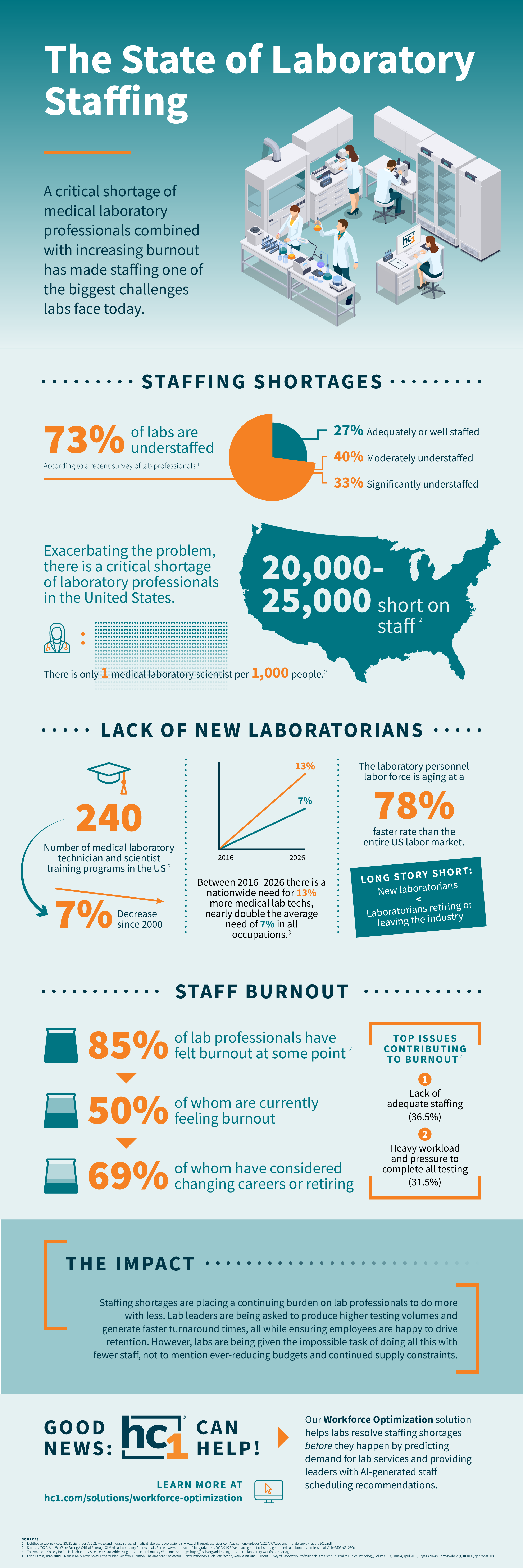July 24, 2024
The hc1 Engineering team has been hard at work over the first half of the year. On top of a lot of important back-end work to ensure the performance and stability of our solutions for years to come, we have also made some significant (and much requested) upgrades and released a brand new add-on solution!
Here are the highlights from our first half releases and product updates.
NEW Blood Utilization Solution
Over the last couple years we’ve heard a lot of feedback from health system and hospital labs that monitoring blood utilization is a difficult task. The data needed to perform meaningful analysis isn’t available in any single system, so labs have to manually pull data and conduct analysis in spreadsheets, an inefficient and ineffective process when resources are already stretched thin.
hc1 Blood Utilization consolidates blood data into a single system to give hospital labs a comprehensive view of key blood usage metrics, enabling lab leaders to take targeted action and track progress over time. Two cloud-based, near-real-time dashboards include high-level key performance indicators, detailed trending reports and filters for providers, specialties and ordering locations. This solution automates the reporting process, giving labs immediate insight into blood usage metrics without any manual effort.
Learn more about the solution here.
Saved Filters
hc1 dashboards offer a slew of robust filters, which many of our users use to monitor a specific set of criteria on a daily basis. A department head may track turnaround time for their department and specific tests. A customer service rep may track issues with just the set of clients they serve. However, historically, hc1 did not offer the ability to save these filters for future use. Users had to manually set them every time they opened a dashboard, or create copies of the dashboard with different default filters.
Well, we’re happy to announce that one of our most requested features is here: saved filters! Available on ALL hc1 dashboards and analytics, users now have the ability to save frequently used filter selections and quickly apply them whenever they’re needed. You can even save multiple sets of filters on an individual dashboard and toggle between them. This will greatly speed up day-to-day analysis of your data and operations within hc1.
hc1 clients can learn more about Saved Filters in hc1 Academy.
Workforce Optimization Updates
Since launching Workforce Optimization at the beginning of the year, we have continued to refine and update the solution based on feedback from our development partner, American Oncology Network, and others.
One of the most significant updates so far is an enhanced UI/UX experience across the entire Workforce Optimization dashboard. An enhanced design and new color-coding provides improved readability of all metrics. We have also made updates to our algorithms and AI prediction model to improve the accuracy of reports and staffing recommendations. These include accounting for days where a lab department is closed and adding an “Exclude” flag for employees who do not contribute to processing specimens or test volume.
Want to see Workforce Optimization in action? Request a demo here.
Service Select 2.0
If you’re an hc1 client, chances are you’re very familiar with hc1 Service Select. Service Select provides you access to hc1 experts to help expand and enhance your hc1 solutions to optimize outcomes. However, experience of using Service Select had room for improvement.
With Service Select 2.0, hc1 Support and hc1 Service Select interactions are now combined in a single portal for our customers. This streamlines the experience of working with our Services team. The new portal also integrates directly with Jira for better visibility and tracking of all new requests, so we can start assisting you more quickly.
hc1 clients can learn more about Service Select in hc1 Academy.
If you’re not a current hc1 client but want to learn more about these features and solutions, as well as everything else we have to offer, request a demo with an hc1 expert today.
______________________________________
Mackin Bannon is the Product Marketing Manager for hc1. Mackin held various roles covering nearly every marketing area before settling on product marketing as a focus and joining hc1 in 2022. During the workday, he enjoys bringing stories to life in clear and creative ways. In his free time, he enjoys following his favorite sports teams, collecting vinyl records and exploring Indianapolis.

